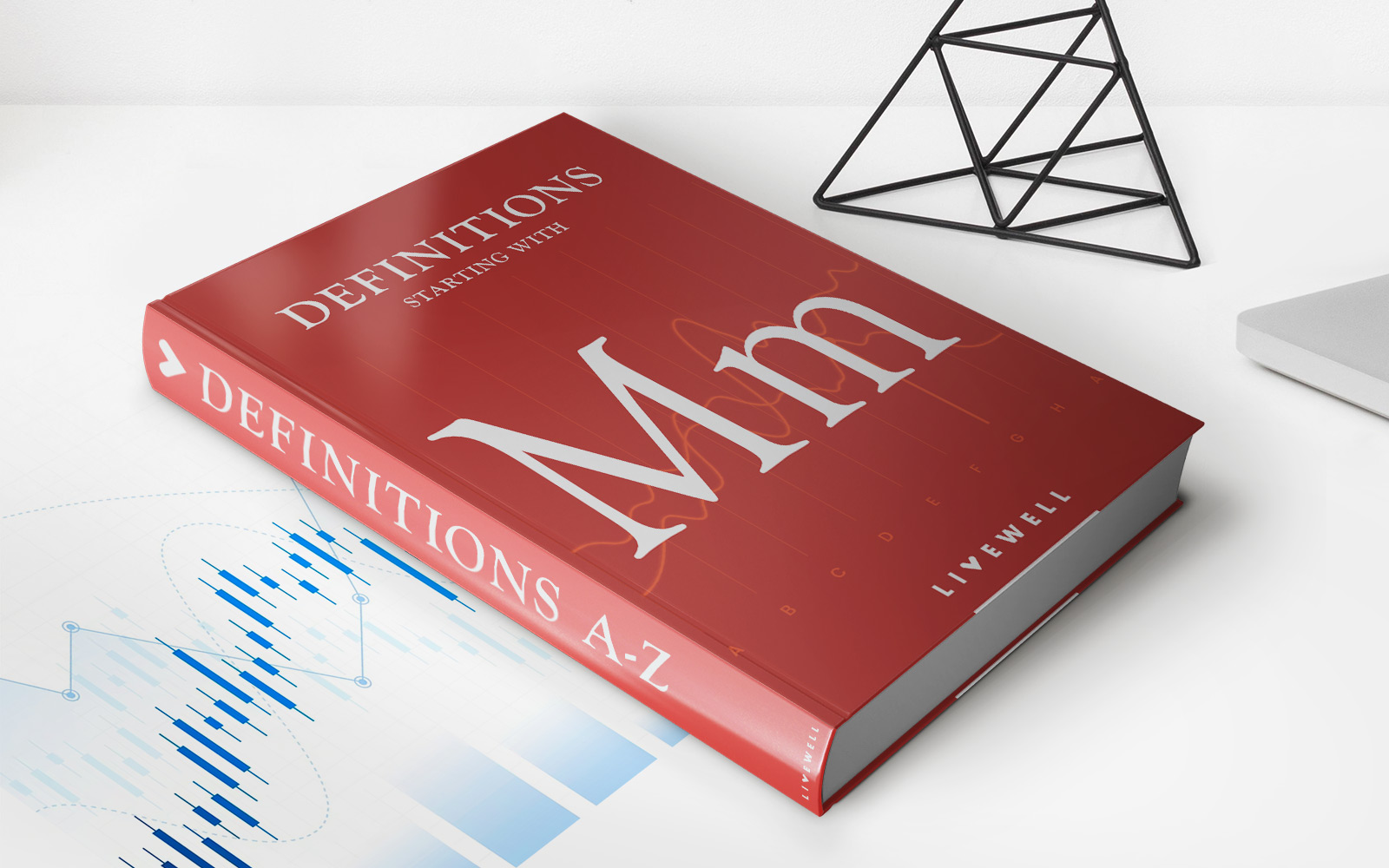Home>Finance>Barter (or Bartering) Definition, Uses, And Example


Finance
Barter (or Bartering) Definition, Uses, And Example
Published: October 14, 2023
Learn about the definition, uses, and example of finance bartering. Discover the benefits and strategies of barter in the world of finance.
(Many of the links in this article redirect to a specific reviewed product. Your purchase of these products through affiliate links helps to generate commission for LiveWell, at no extra cost. Learn more)
The Ins and Outs of Bartering: Definition, Uses, and Examples
Welcome to our “Finance” category, where we cover a wide range of topics to help you make savvy financial decisions. Today, we’re diving into the intriguing world of bartering. Have you ever wondered what bartering is all about? How people use this age-old practice in the modern world? And what are some examples of successful barter transactions? If so, you’ve come to the right place. In this blog post, we’ll explore the definition of bartering, discuss its various uses, and provide real-life examples to shed light on this fascinating practice. So, let’s get started!
Key Takeaways:
- Bartering is the exchange of goods or services without involving money, relying on the mutual agreement of value between the traders.
- Bartering can be used for personal or business purposes, offering individuals and companies a way to leverage their skills and assets to obtain what they need.
Defining Bartering:
Have you ever traded your sandwich for a friend’s bag of chips? Or perhaps helped someone with a household task in exchange for a favor? Well, in essence, you engaged in the practice of bartering. Bartering is the exchange of goods or services between individuals or companies without involving money. Instead, bartering relies on the mutual agreement of value between the traders. It’s a means of obtaining desired items or services by leveraging what you have in exchange for what you need. This practice has been around for centuries and is still prevalent today, albeit in different forms.
Uses of Bartering:
Bartering can be utilized in various ways, both on personal and business fronts. Here are some common uses of bartering:
- Personal Transactions: Want to save some money on that home renovation project? Bartering allows individuals to trade their skills or possessions with others without involving cash. For example, you could exchange your graphic design services for a carpenter’s assistance in building custom furniture.
- Business Collaborations: Bartering can be a powerful tool for businesses of all sizes to collaborate and grow. By exchanging goods or services, companies can expand their network, reduce expenses, and enhance their offerings. For instance, a restaurant could provide free meals to a local farm in exchange for fresh organic produce.
- Offline and Online Communities: Bartering extends beyond in-person exchanges. Online platforms and communities have emerged that connect people looking to trade their skills or belongings. From websites dedicated to swapping electronics to social networks that facilitate barter among members, the digital world has opened up new possibilities for bartering.
Real-Life Examples of Bartering:
To truly grasp the diversity of bartering, let’s explore a couple of real-life examples:
- Example 1: Skill Exchange
Sarah, an experienced yoga instructor, wants to learn website design to create an online presence for her wellness studio. She meets John, a web developer in need of yoga classes. They agree to barter their expertise – Sarah provides private yoga sessions to John, and in return, John designs Sarah’s website. Both parties benefit from this exchange without spending money. - Example 2: Goods Exchange
Katie has a surplus of fresh fruits and vegetables from her home garden. She connects with Michael, who is a skilled carpenter. Katie offers a basket of her produce to Michael in exchange for a custom-built dining table for her home. They agree on the value of their goods and trade without the involvement of cash. This enables Katie to get a unique piece of furniture while Michael enjoys fresh, organic produce.
These examples demonstrate how bartering transcends monetary transactions, allowing individuals to leverage their assets, skills, and resources to fulfill their needs.
In conclusion, bartering is an ancient practice that continues to thrive in modern times. By understanding its definition, exploring its uses, and examining real-life examples, we can appreciate the versatility and value of bartering. So, whether you’re seeking cost-effective solutions, looking to collaborate, or simply embracing the spirit of trade, bartering can be a powerful tool in your financial arsenal.














